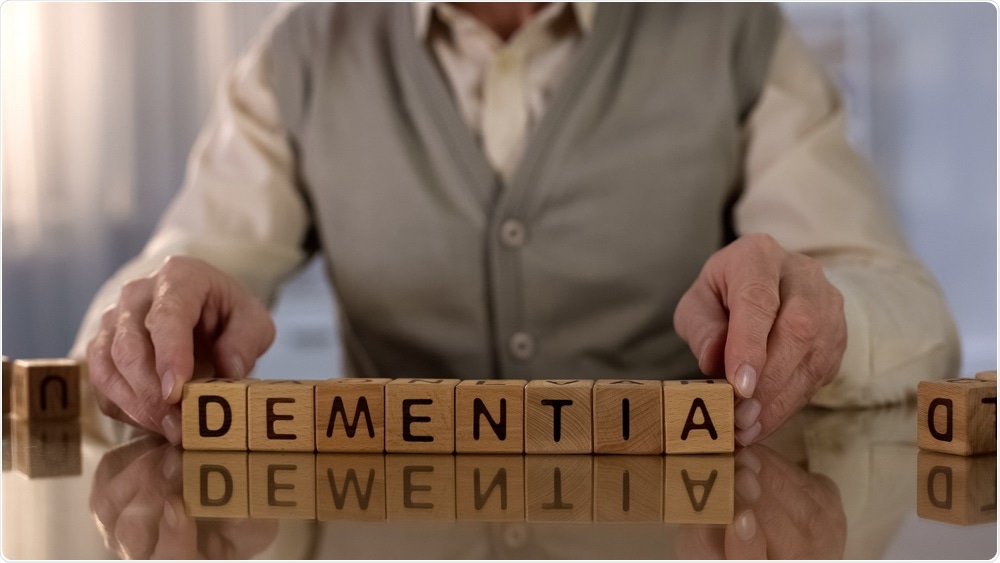Why do we need sleep?
 Thought LeadersDr. Gina PoeProfessorUniversity of California, Los Angeles
Thought LeadersDr. Gina PoeProfessorUniversity of California, Los Angeles
In this interview, Dr. Gina Poe from UCLA speaks to News-Medical about why we sleep, and the importance of REM sleep for brain development.
Sleep is critical to our everyday health. What provoked your research into sleep?
We carried out this study because there are many theories regarding the function of sleep, but previous analyses found inconsistent relationships based on brain size or metabolism, so we decided to do a rigorous analysis of all parameters, based on scale and over the previously unconsidered lifespan.
We did this because we were aware of the critical function of sleep for development. The sudden transition we found, and the clarity of the outcome was unexpected. The data gave us an important principle that no one has seen before because they did not look at it in the same way we did – they did not look at brain size and REM vs NREM sleep across development.

Image Credit: Gorodenkoff/Shutterstock.com
Why does prolonged sleep deprivation lead to health complications? Can you describe some of these health problems?
Other great researchers have shown that both prolonged sleep deprivation (e.g. in rats and mice), and even very short-lived sleep disturbance in humans, disrupts fundamental physiological processes essential to life, like metabolism.
The metabolic rate of sleep-deprived rats increases and raised metabolism and reduced thermoregulation is one of the first signs of REM sleep deprivation. For humans, even one night of sleep disruption changes our metabolism temporarily.
In mice, even 6 hours of sleep deprivation begins a process of neuronal cell death in some key areas of the brain – a process that can thankfully be rescued by the administration of antioxidants – but if antioxidants are not given (in the diet or otherwise), then the death to cells would be permanent.
It has been shown in rats that neurogenesis (new neuron birth) in one of the few areas of the brain that experiences renewal across a lifespan – the learning and memory structure of the hippocampus – is halted by sleep deprivation. (Neurogenesis in the hippocampus is also slowed significantly in depression and by radiation treatment).
Those with obstructive sleep apnea, who have frequent interruptions to their sleep caused by having to wake up to resume breathing, also have deficiencies in the function of their hippocampus. They are also are at higher risk of stroke and score in the range of mild dementia until their apnea is treated.
Children with obstructive sleep apnea perform significantly worse in school and are at risk for other significant health complications. A study currently being conducted by Ph.D. candidate Emily Hocket at Georgia Tech is finding that even significant variations in the time an adult goes to bed each night is associated with poorer scores on dementia tests.
The reasons for these health problems are being uncovered by smart scientists all over the world and so far point to an intriguingly unique time for gene repair (chromatin remodeling) during sleep across species, a surge in growth hormone and other hormone releases during sleep, a unique silencing of the thermoregulatory cells during REM sleep, a repairing job on our mitochondria (the powerhouses of our cells), and clearance of intracellular and extracellular misfolded and unfolded proteins during sleep.
It is this buildup of tangles and plaques of unfolded or misfolded protein sheets that is associated with Alzheimer’s and other neurodegenerative diseases.
What is meant by the term ‘REM sleep’? Why should you not wake babies up during this sleep?
REM stands for Rapid Eye Movement and is the stage of sleep when we are dreaming vivid dreams with lots of activity and our brains are trying to send the signals to our muscles to do these actions, but those commands to move are blocked by the lower brain (brainstem) nuclei to prevent us from acting out those dreams – rendering us essentially paralyzed during this stage of sleep (except for the smooth muscles controlling our heart and blood pressure and the respiratory muscles, eye movement muscles, and inner ear muscles).
Those who have brainstem nuclei missing do act out their dreams and that condition is called REM behavior disorder. Those who have too much activity in that brainstem structure have cataplexy where they go limp but remain awake.
In babies, there is so much of REM sleep and so much pressure to achieve it (given the demands of the brain for it), that their motor (muscle) commands to move often override the inhibition, and you see their eyes moving, even opening part way, their face smiling or grimacing, a weak laugh, and twitches in their limbs. The increased need for REM sleep also means they often go into REM sleep straight from waking.
These limb jerks can be so strong that they can awaken them – especially if they are sleeping on their backs as nothing prevents their limbs from flailing. If they are sleeping on their side or tummy or in a baby carrier, they are more likely to sleep through these strong muscle movements because they are restricted by the physical barrier.
The Back to Sleep campaign has significantly reduced deaths of infants due to suffocation in bedclothes, but I fear babies are not sleeping as well on their backs. Swaddling, or some version of it, like a baby sleeper jumper I saw advertised once, might be the safe and effective solution in very young babies, allowing them to sleep on their backs without waking themselves up with limb jerks.
If you awaken babies out of REM sleep or disturb it in any way, then the important synaptic pruning process cannot happen. Many studies in other animals have shown profound developmental delays if you disturb the REM stage of sleep (or any stage of sleep, actually). Babies cannot get too much sleep, so parents should not worry if they seem to be getting upwards of 20 hours, only awakening to eat and move their bowels.
My own brilliant offspring slept upwards of 21 hours a day in the first few weeks of their life. Sleeping is as important as eating to their growth and development and takes a lot more of their time.

Image Credit: Skobeleva Nadya/Shutterstock.com
In your recent, you stated that sleeps purpose changes after 2 and a half years of age. Why does the purpose of our sleep change? What is its new purpose?
REM sleep continues to do what it was born to do: synaptic reorganization, resolution of memories, resetting the emotional system and normalizing our metabolism, but as the major reorganization processes resolve, the primary function of sleep, served by non-REM sleep, becomes to clear the debris generated by our waking processes and repair the damage done (served by slow-wave sleep, also called Stage 3). It also integrates what we have newly learned into the schema established by those early experiences and REM sleep (during Stage 2, which is also called the transition to REM sleep).
When we learn something profoundly new that requires a new schema to be built, our brains will demand more REM sleep throughout our lives and those temporary increases in REM provide a signal that we have successfully acquired that new thing or skill.
For example, this increase in REM sleep has been seen in adults learning a new language. They will increase REM sleep as a percent of the total time, and also report that they dreamed in the new language just before (i.e. the night before) they demonstrate a large leap in their ability to speak and understand that language.
How does our sleep help to protect us from brain disease?
Our sleep helps with gene repair, metabolic reset, debris clearance, and protein building activity to prevent neurodegenerative disease, diabetes, dementia, and stroke.

Image Credit: Motortion Films/Shutterstock.com
Your research investigated how sleep changes with brain and body size. Can you describe how you carried out this research? What did you discover from your research?
We built a computational model comparing the size of brains and bodies to the amount of REM and NREM sleep as a ratio of the time spent awake across data coming at different ages during development in different species.
We discovered a sharp transition in the relationship between REM sleep and brain size across development that was not quite the same for NREM sleep.
Do you believe that your research will help further our understanding of the importance of sleep? What are the next steps in your research?
Yes, I believe our research can help us to further understand the importance of sleep, especially in babies.
The next steps in our research is to take a closer look at this time of transition.
About Dr. Gina Poe
Gina Poe did her undergraduate degree at Stanford University and trained in sleep research during her Ph.D. at UCLA. Dr. Poe published her seminal paper on the function of REM sleep for targeted synaptic clearance in 2000 and has been researching a grant funded by the National Institute for Mental Health ever since.
Her first faculty position was at Washington State University, then she moved to the University of Michigan where she spent 15 years teaching and training undergraduates, graduate students, and postdoctoral scholars and serving on the faculty senate and committees to promote the careers of students there and nationwide.
In 2016 Gina took a promotion at UCLA and moved her lab to California where she has continued research, teaching, training, and service at the university and the national level. Dr. Poe directs or co-directs 5 programs to increase diversity in the STEM fields and has also sung in a rock band. She has 2 children and 2 grown stepchildren of whom she is very proud.


